Spanish painter Diego de Velázquez (1599-1660) stands as an indomitable figure in 17th-century European art history, known for his exceptional painting skills and unique artistic vision. His career not only serves as a detailed record of the Spanish royal family and society but also delves into the essence and expressive forms of art.
Born in Seville, Velázquez received rigorous training in painting from an early age, heavily influenced by the style of Spanish realist painter Francisco de Zurbarán and the Italian painter Caravaggio. His early works are characterized by vivid realism and stark contrasts of light and shadow, as seen in "The Lunch" and "Old Woman Frying Eggs." These pieces reveal his deep insight into ordinary life and his ability to depict it with striking authenticity.
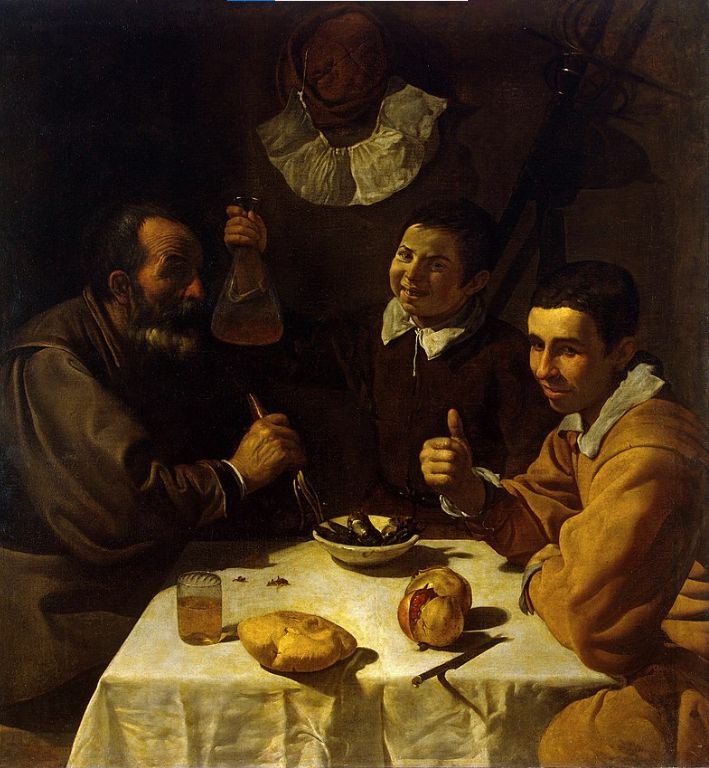

In 1623, Velázquez was appointed as the court painter for the young King Philip IV of Spain. This role not only provided him with numerous opportunities for artistic creation but also exposed him to works and styles of other European artists, especially those of the Venetian school. During this period, he began incorporating more naturalistic elements into his works, softening the strong contrasts of his early pieces and developing his distinctive delicate brushwork and subtle tones.
His masterpiece "Las Meninas," created at the height of his career, showcases these stylistic developments. This painting is not merely a complex court portrait but also a profound reflection on the nature of painting itself. At the center of the composition is Philip IV's daughter, Infanta Margarita, accompanied by two maids of honor. In the background, the king and queen are reflected in a mirror, while Velázquez himself stands to one side holding a palette, seemingly inviting the viewer into this intricate, multi-layered scene. Through his masterful technique and clever composition, Velázquez succeeds in capturing the eternal within the transient.
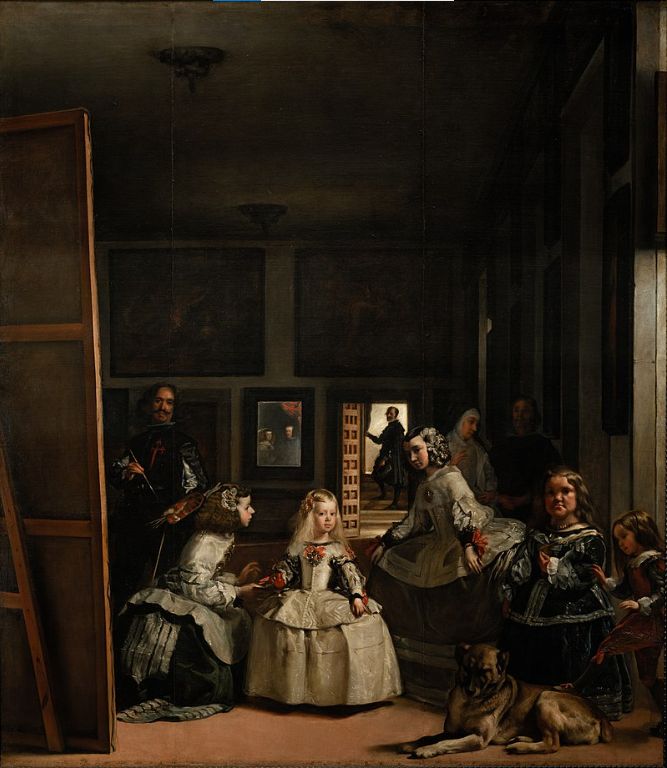
"Las Meninas" highlights Velázquez's extraordinary ability to capture light and detail, as well as his deep understanding of painting as a "liberal art." In 17th-century Spain, the question of whether painting could be considered a liberal art was directly linked to the artist's social status and honor. By portraying himself as a court official in "Las Meninas" and including elements that symbolize the sanctity of art, such as works by Rubens, Velázquez was advocating for the social standing of himself and other painters.
Though he spent much of his career in the court, Velázquez's works are not limited to courtly life. His portraits, such as "Portrait of Philip IV" and "The Dwarf Francisco Lezcano," are noted for their meticulous detail and deep psychological insight. These portraits reveal not just the external appearance of his subjects but also their psychological states within a specific social context. The calm, detailed depiction of less conventionally attractive subjects like dwarfs accentuates the beauty of figures like Infanta Margarita and her maids.
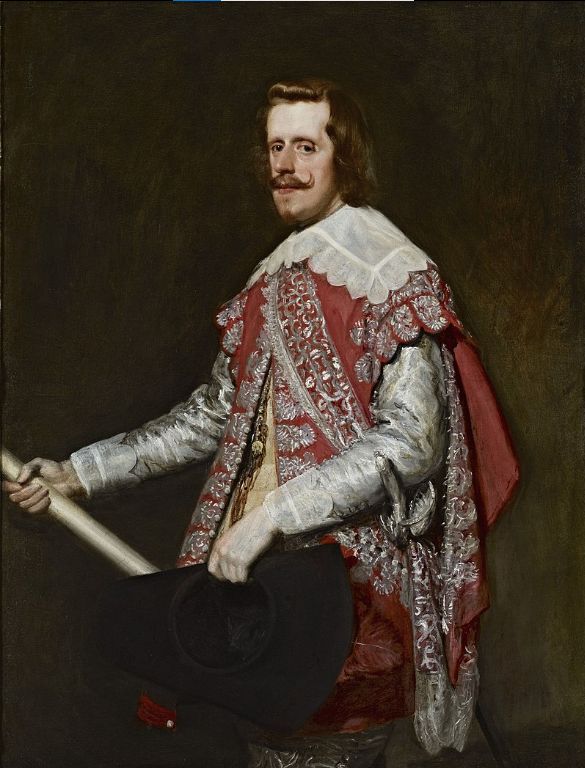
Velázquez's artistic achievements are not confined to portraiture but extend to his depictions of landscapes and still lifes. For instance, his "The Surrender of Breda" captures the humanity and poignant atmosphere of a battlefield. Through his adept use of light, color, and composition, he created dynamic, layered scenes that leave a lasting visual impact.
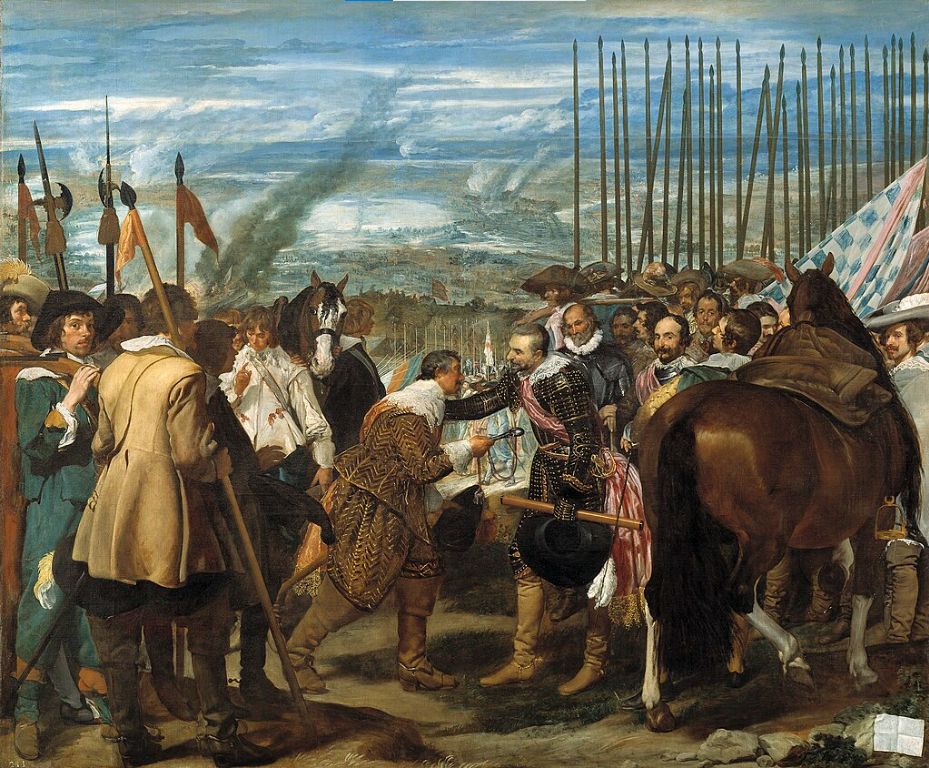
In his later works, Velázquez's style became increasingly free and simple. He moved away from the precise depiction of details, focusing more on the overall atmosphere and effects of light and shadow. His "Rokeby Venus," for example, uses soft tones and fluid brushstrokes to depict the elegance and allure of the female form, showcasing his profound understanding and exploration of the essence of painting.
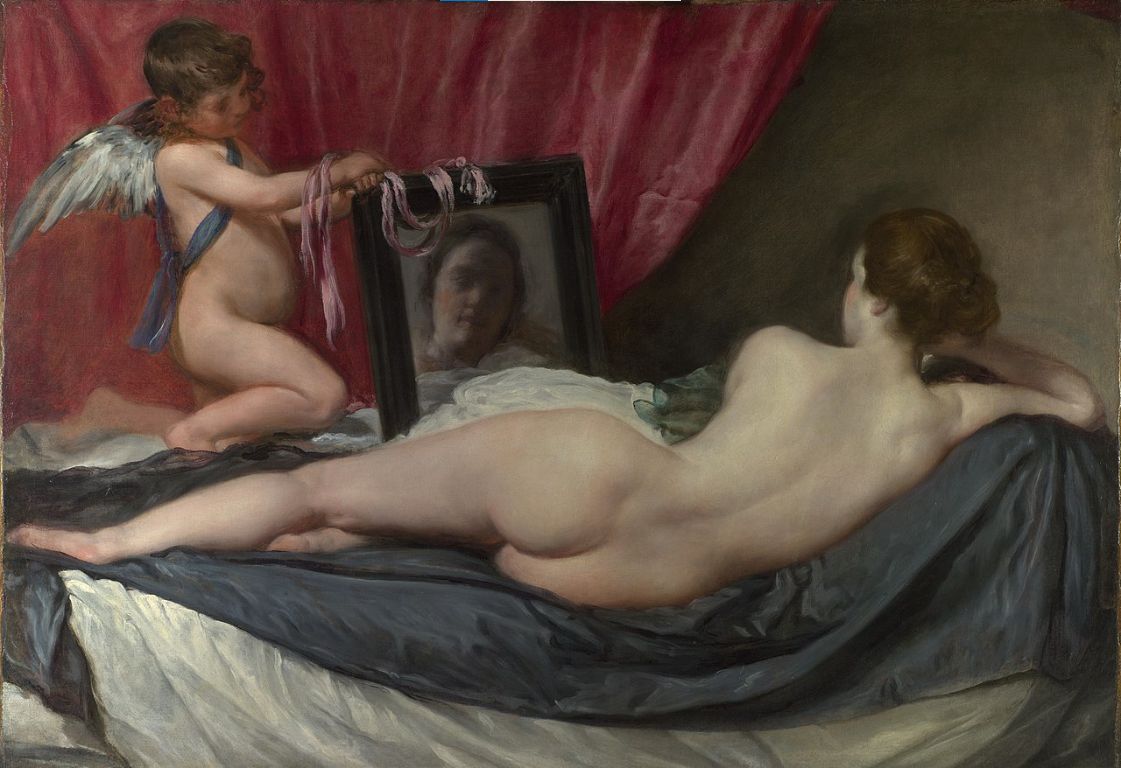
Velázquez's influence extends beyond his technical prowess; his works profoundly impacted subsequent artists through their exploration of humanity, society, and the nature of art itself. His paintings transcend mere realistic representation, offering deep reflections on life and art. This insightful perspective and innovative spirit secure his unique and significant position in art history.
Through Velázquez's works, we not only glimpse a reflection of his era but also perceive an enduring pursuit of artistic excellence. His paintings, transcending time and space, stand as an immortal monument in the history of art.